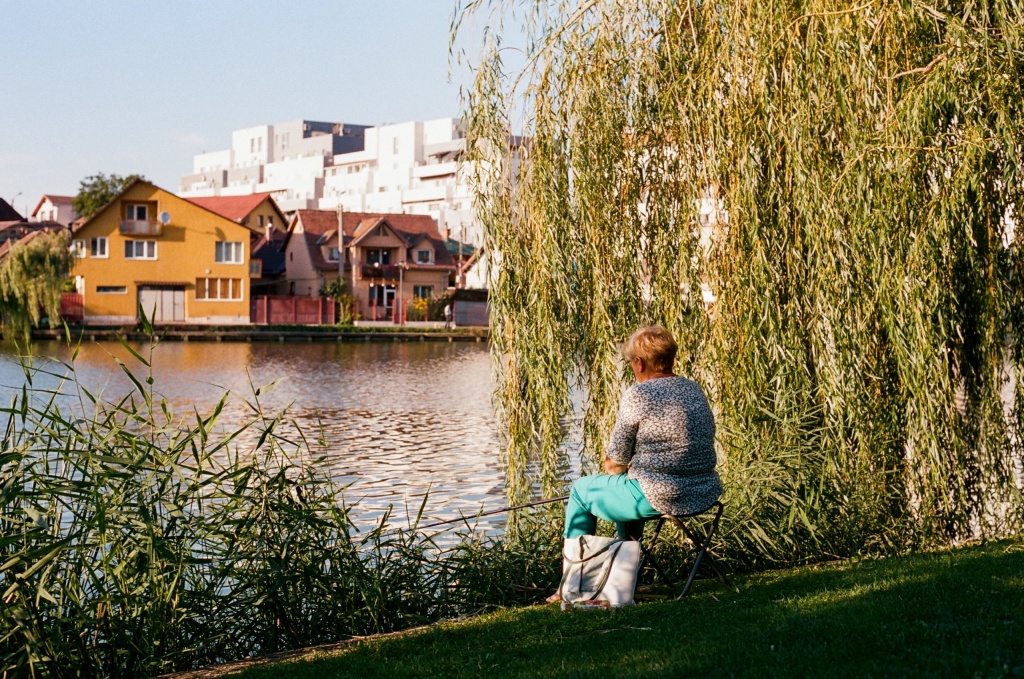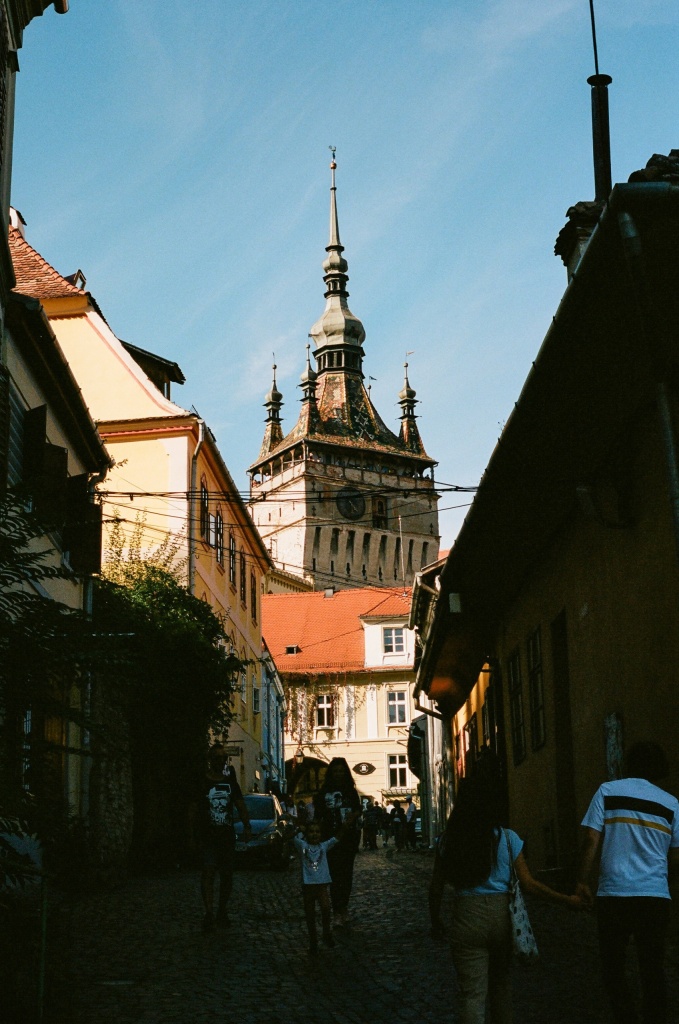Hunting in the Hills for Transylvania’s Lost Castles6 min read
It was mid-afternoon when we travelled from Cluj-Napoca, the metropolitan epicentre of Tranyslvania, to Târgu Mureș, a smaller city of regional importance. Anna, a lifelong local of the region and friend of mine from my university days back in Detroit suggested that we go searching for castles and their remnants in the hills and valleys around Transylvania. We crammed into her boyfriend’s Dacia sedan and drove through green rolling hills dotted with sheep and tractors that unfolded into the horizon. The dusty roads and sunburnt irrigation canals reminded me of my own childhood, thousands of kilometres away on another continent. Every town and village seemed to have a castle, manor house or even just a structure that was once owned by a king, count or duke. Every mountain has a valley in between, and every valley has a village with its own legends and curious residents. But as perhaps one of the most multicultural and religiously pluralistic regions in Europe, it has suffered more than its fair share of conflict and anguish. The people hold onto these legends, conflicts, and trials, and henceforth carry forth the burdens and tribulations that have defined this region for centuries. It’s easy to hide legends in the hills, but when you’re finally able to climb up, the myths and the ever-evolving troubles of the region are unveiled.



We left Târgu Mureș early in the morning for Sighișoara, an old town built by Saxons that the Hungarian king had invited to defend the eastern flank of the kingdom in the 11th century. Street signs, hedge stones and plaques were written in old German orthography from well over a century ago. Almost every building was watching you, as the windows on the roofline were shaped like eyes, typical of German architecture in the region. Although the town is quite beautiful, with its almost god-like view over the valley below from the massive stone peak that it’s built onto, we heard rumours of a castle, tucked deep into the hills near Sighișoara. We set down the dusty road in search of Bethlen Castle, located in the tiny village of Criș. Stray dogs and cats roamed among the ramparts, clodded with coarse mixed concrete and freshly cut wooden beams at Bethlen Castle. Smoke from wood stoves crawled above the village, floating toward the castle. These castles and manors have always had a commanding view of the landscape around it.




Many of the castles of Transylvania’s old royal families had been seized and abandoned by the communist government in the late 1940’s. Left to rot on purpose, many of these stately houses have either been forgotten, or have undergone the slow and consuming process of restoration. At Bethlen, an organisation working with the Catholic Church had obtained a 99 year lease to restore the castle. Yet corruption and disorganisation is still apparent when one steps into the castle yard. After years of construction the castle was still missing floors, roofs, staircases, and other structural components that would make it a castle. The continual and lifelong effort of preservation and restoration is jarringly relevant in Transylvania. Having a long, multicultural heritage in a region that has prospered and suffered in tremendous ways in the past centuries, the amount of actors looking to preserve their history is wide and far reaching.



From royal castles in tiny valleys, to socialist era city squares, to the forgotten village synagogue, the historical fabric of Transylvania is always at play. The challenge is maintaining the presence of these places, even if their former residents are long gone and long forgotten.





